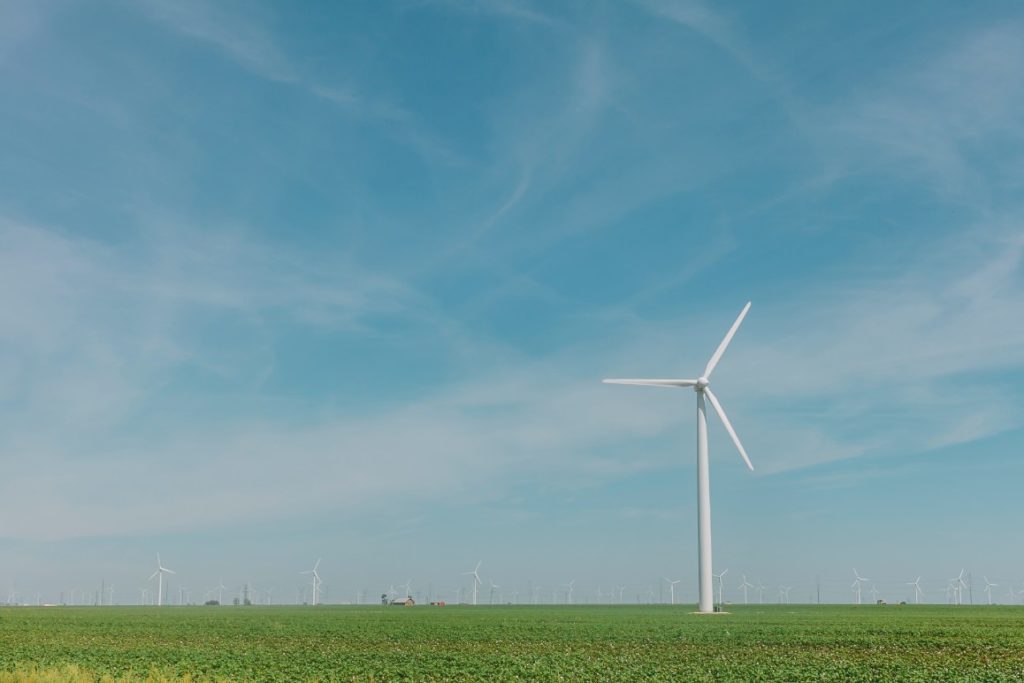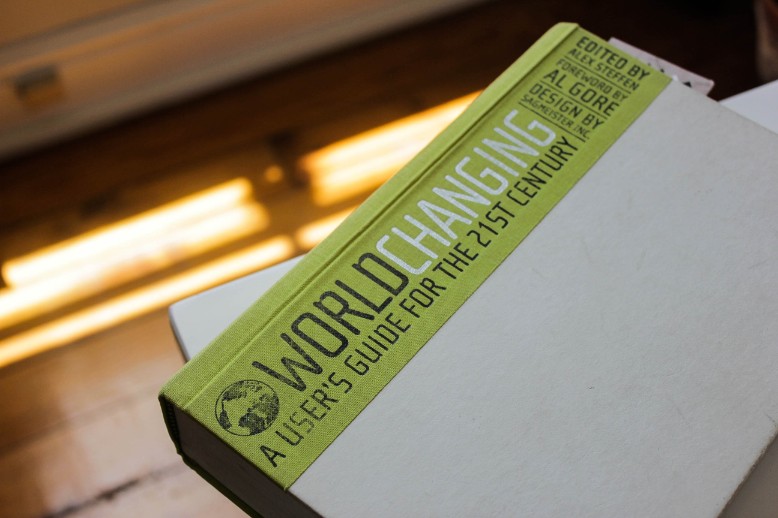In your own little world, it is very possible to do a lot to reduce your personal CO2 emissions. Maybe it sounds as if it’s not much, but every little bit helps to prevent global warming, reduce CO2 and climate change.
Tips: how to reduce your personal CO2 emission?
Here are some simple steps you could take to reduce your CO2 emission.
Defrost your freezer
Defrosting your freezer is a simple, but very effective way to save a lot of energy. A freezer uses a lot of energy to frost food. But when there is ice inside, it costs more energy every time to get everything frosted. So make sure you defrost your freezer at least 2 times a year, to save a lot of energy, money and CO2 emission.
Avoid using air conditioning
A major consumer of power is a air conditioning. In summertime it is very pleasant to use it in your house. But by using it, it also uses a lot of energy. You can choose many of other ways to cool down during the hot days. For example: a walk though the forest or a refreshing swim in a lake or river.
Switch off electrical appliances
In our homes and lives we use a lot of power for devices. So try to switch off as many electric devices as possible. This would sound logical and is really a great help in reducing your energy consumption and CO2 emission. It also makes sense within your company. Switch off computers when you leave, and also switch off lights after leaving your work space or office.
Limit the use of the dryer
A dryer really consumes a lot of energy. A good solution is to use the fresh wind outside or hang your washed clothes to dry in your house. Spring and summer are the perfect seasons to let your laundry dry outside. As the temperature is fine, it is an ideal solution to limit the use of your dryer. But more importantly: don’t use a dryer when it’s not really needed.
Isolate your home
Choosing to insulate your home has several benefits. The two most important advantages are the contribution to the climate en the environment and to same energy. Unless using already clean renewable energy, all the energy we use leads to emissions. Almost half of the energy we use is for heating our house. So the most important thing homeowners can do is insulate roofs, walls and windows. So the escape of heat through holes, roofs and thin walls can be prevented. And in the end a good insulated house will certainly pay itself off. Progressive countries give subsidies to insulate a house. A good solution that more countries should offer.
Reduce and recycle your consumption
Before you buy something, it is important to ask yourself if you really need it. Certain foods can be purchased in an environmental friendly package. The waste of consuming can increase considerably. To produce this waste also costs energy. So try to be alert and try to keep the waste as small as possible.
Use (green) public transport
Of course, we have to use a certain type of transport. Using a bike or public transport are alternatives for using your own car. Especially when we talk about short distances. By choosing a better way of transport we can help ourselves to reduce our ecological footprint.
Public transport sometimes has delays. And therefore it is not always an easy way to travel. But with your car on the road you also can have problems. Like accidents, combined with long traffic jams. This also causes a lot of stress. So If we all leave the car for a day now and then, we will help the environment tremendously.
But if using a car really is what you need, consider switching diesel or petrol for an electric car. Or a new plug-in hybrid car. Electric cars have the benefits to reduce emissions and improve the quality of air. Of course, the purchase price is higher, but the running costs are much lower over its lifetime. And about the environmental benefits, I have no doubts that an electric car is waaaaaay better.
Warm up the house on degree Celsius less
Just one degree sounds not so much, but it does a lot. It is an easy solution. For many this doesn’t seem insurmountable, but they simply forget about it. One simple degree less warming up will spare a saving of 6 to 7% on your CO2 emission. And because of the savings in costs of gas and electricity, it is certainly not a bad idea.
Try to eat less meat
A tasty steak produces the same amount of greenhouse gas emissions than an average car ride at 70 kilometers per hour. Do realize that before the steak is offered for consumption, it has already swallowed five thousand liters of water. That brings us to a conclusion. Consumption of meat results in a greater CO2 emission than all greenhouse gas emissions in the transport sector together. A little change of diet, by eating a little less meat, would be a good tip to reduce your personal CO2 emissions.
Switch to solar panel or green energy
In some countries green energy is offered as an option. Switching to this is remarkably easy and has a huge impact, since you don’t receive coal-based energy anymore. In the Netherlands there’s also fake green energy where energy providers greenwash coal energy with certificates. This site gives an overview of real green energy and lets you compare Dutch energy providers. If there’s not possibility for green energy in your country, you can always buy solar panels if sun power is abundant in your country.
More local and seasonal food
Choosing food that has grown locally and in season, is way better for the climate. The food you consume did not have to travel miles and miles before it is ends up on your plate. Additionally, seasonal fruit and vegetables have a better taste. Less pesticides have been used and the local industry has been helped too. A small adjustment can have many benefits at the same time, for the local farmers, your health and the environment.
Shop less
There’s evidence that shopping and buying stuff has a very high environmental impact. So if you are still shopping (online), install the TreeClicks Chrome extension. That will plant trees for free when you shop at on of the 50k+ affiliated webshops.
Recipe planning, throw away less food
The waste of food at the landfill releases methane gas. Throwing away food, makes also sense in an economical way. Recipe planning helps to manage the food stocks more effectively. So you never buy food you are not going to use in time. The production of food that will go to waste also contributes to the CO2 emission. What a waste.
In the end, we know now that everyone on the globe can contribute to reduce CO2 consumptions. Of course, the biggest emitters of CO2 bear also the greatest responsibility. It is up to the politicians to determine the rules. Businesses and governments also have to act seriously. But take control of your own energy and consumption, because this can truly help to reduce your personal CO2 consumption. Every small daily effort, every reduction of our own emission, is a step forward to keep our planet safe for now. This way we can provide a better planet for the future generations.
